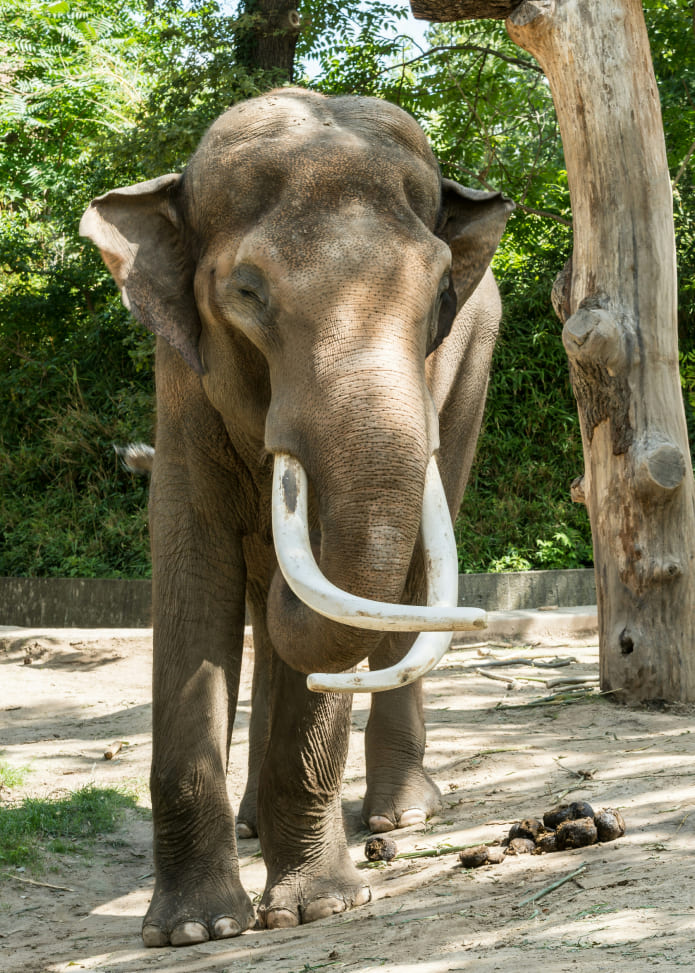Q452+R51, Khutitoli, Chhattisgarh 496783, India +917678315026 [email protected]
Q452+R51, Khutitoli, Chhattisgarh 496783, India +917678315026 [email protected]

Wildlife sanctuaries aim to protect endangered animals, preserve natural habitats, and provide safe environments where species can thrive without the threat of poaching, habitat destruction, or other human activities. They also play a key role in conservation, research, and education.
Sanctuaries provide safe spaces for endangered species by protecting them from poachers and predators. They also offer breeding programs, medical care, and rehabilitation to help restore populations. Sanctuaries often collaborate with conservation organizations to release animals back into the wild when possible.
Wildlife sanctuaries are home to a wide variety of animals, including mammals like tigers, lions, and elephants; birds like flamingos and eagles; reptiles like turtles and snakes; and many other species. Each sanctuary specializes in preserving animals native to their region or ecosystem.
In most sanctuaries, visitors can observe animals from a safe distance to ensure the animals remain undisturbed. Direct interaction is usually discouraged to maintain the animals’ natural behaviors, though some sanctuaries allow limited interactions with specific animals as part of educational programs.
Sanctuaries protect critical habitats, preventing deforestation and degradation of ecosystems. They also help maintain biodiversity, which is essential for a balanced environment. Many sanctuaries run educational programs to raise awareness about the importance of conservation.
People can support sanctuaries by donating, volunteering, or participating in their educational programs. Spreading awareness about the challenges faced by wildlife and advocating for conservation efforts are also valuable ways to help. Some sanctuaries also offer eco-tourism opportunities that contribute to their funding.